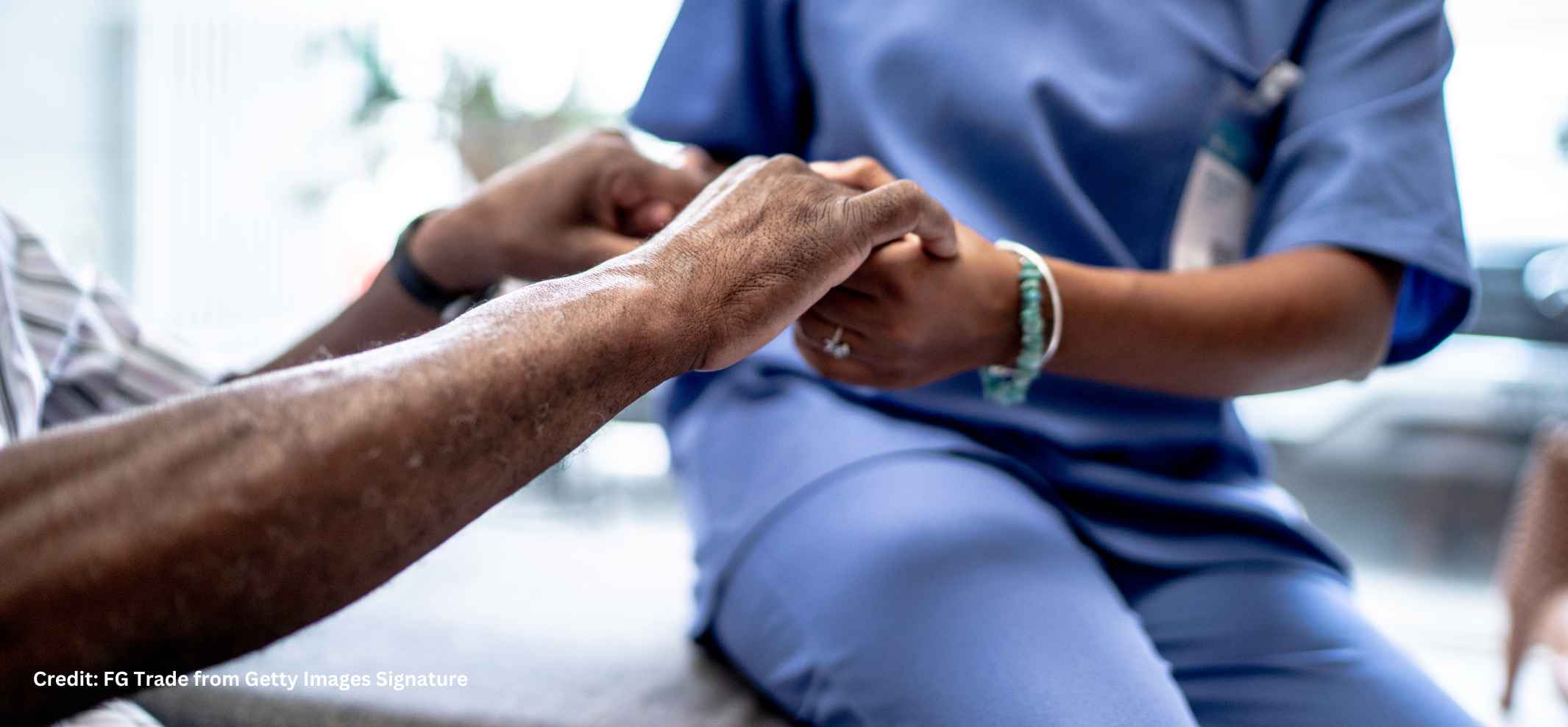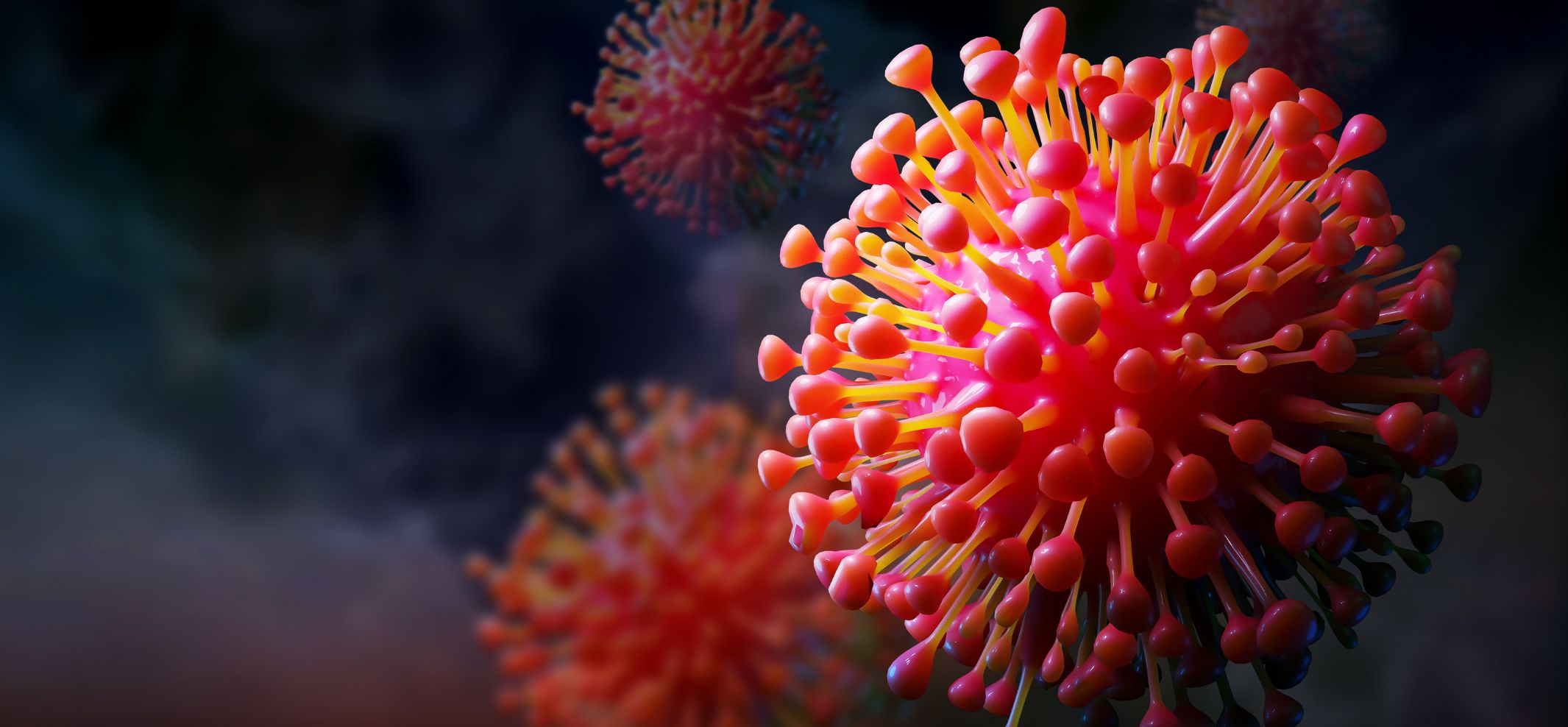The feet, each a complex structure of 26 bones, bear the brunt of daily activities and, over a lifetime, facilitate an estimated journey of 150,000 miles—akin to encircling the globe six times. Athlete’s foot, bunions, diabetic neuropathy, and ingrown toenails stand among the myriad conditions that can plague our lower extremities.
Factors such as ill-fitting shoes, diabetes, and natural ageing processes often lead to foot complications. Knowing when to visit a qualified podiatrist can help individuals prevent foot diseases or remedy them at an early stage.
Below are some common foot ailments and their remedies.
Athlete’s Foot
Athlete’s Foot, medically known as tinea pedis, is a prevalent fungal infection that often begins in the warm, moist interdigital spaces between the toes before potentially spreading to other foot regions. The causative fungus flourishes in environments such as communal showers, locker rooms, and around swimming pools, where individuals are likely to be barefoot. Additionally, perpetually moist conditions within one’s footwear can exacerbate fungal proliferation.
Causes
Typically contracted in damp, communal areas, the pathogen thrives in the combination of warmth and moisture. Shoes that lack proper ventilation also cultivate an ideal setting for the fungus to grow, further increasing the risk of contagion and expansion to the hands, groin, or scalp if not managed properly.
Symptoms
Initial signs include persistent itching, skin cracking, and blisters between toes. The infection may progress to peeling and cracking of the foot skin, often starting between the fourth and fifth toes and potentially leading to fissures in the heels or toes.
Treatment
The key to managing Athlete’s Foot is maintaining foot hygiene: wash feet regularly, dry them thoroughly, and use a dedicated towel to prevent spread. Over-the-counter antifungal applications, such as creams, powders, or sprays, should be employed consistently as directed. Persisting or exacerbating symptoms necessitate a consultation with a healthcare practitioner, who may prescribe oral antifungal medication.
Bunions
Often perceived as a bone deformity, a bunion, or “hallux valgus,” presents as a protrusion at the base of the big toe’s joint. This condition sees the big toe angling inwards over time. This condition disproportionately affects women, likely due to the constricting nature of certain footwear designs.
Causes
Biomechanical factors such as wearing constrictive shoes that compress the toes can precipitate bunion formation, emphasising pressure on the metatarsophalangeal (MTP) joint. Genetic predispositions, along with certain medical conditions like rheumatoid arthritis, can elevate one’s susceptibility to bunions.
Symptoms
Bunions are marked by a noticeable bump on the foot’s side near the big toe, soreness of the affected area, callus formation on the adjoining bone, and movement restriction of the big toe—often accompanied by pain during ambulation.
Treatment
Addressing bunions begins conservatively with a shift to properly fitted, non-restrictive footwear and the use of bunion pads to alleviate pressure. Icing regimens can assist in reducing inflammation. For structural aid, a podiatrist may recommend customised orthotics or toe spacers. Surgical intervention, while considered a last resort, remains an option for persistent cases that lead to ongoing discomfort or difficulty in mobility.
Diabetic Neuropathy
Diabetic neuropathy represents a spectrum of nerve disorders linked to diabetes, pivotal among them the damage inflicted upon nerves in the feet. Prolonged exposure to elevated blood glucose levels acts corrosively on nerve fibres, making the feet a prime target for this complication.
Causes
Consistently high blood sugar is the primary culprit in risking diabetic neuropathy, progressively impairing nerve function. Risk compounds with lifestyle factors like smoking, excessive alcohol use, and the presence of neuropathy in familial medical history.
Symptoms
As diabetic neuropathy advances, patients may report a loss of sensation, manifesting as numbness or a tingling discomfort in their feet. These symptoms can set the stage for unnoticed injuries, heightening the risk of infections and further complications.
Treatment
Ongoing management of diabetes and meticulous glucose monitoring are central to thwarting the progression of nerve damage. While current medical interventions cannot reverse existing nerve injury, a healthcare provider can offer strategies to preclude further deterioration. Regular foot examinations, professional care for toenails, and immediate medical assistance for any foot trauma are crucial steps in a comprehensive diabetic neuropathy treatment plan.
Ingrown Toenails
Ingrown toenails, also known as onychocryptosis, emerge when the toenail edges curve and penetrate the soft tissue of the nail groove. This common yet troublesome condition can trigger significant discomfort and pain.
Causes
Tight-fitting footwear that compresses the toes is a common culprit behind ingrown toenails, generating undue pressure on the toenail’s growth pattern. Improper nail care, such as overly short nail trimming or irregular edges, along with physical trauma from activities like running, can predispose the toes to this condition. Familial tendencies may also play a role in increasing susceptibility.
Symptoms
Recognisable signs of an ingrown toenail include redness, swelling, and tenderness around the affected nail. In more severe cases, pus drainage may indicate an underlying infection.
Treatment
Effective treatment and prevention of ingrown toenails can be achieved with good foot hygiene, including regular washing and careful drying. Nails should be cut straight across, especially post-bath when they are softer, to minimise the risk of curving growth. Well-fitting shoes that allow adequate space for the toes can help prevent the issue.
Should the problem persist or signs of infection arise, a healthcare professional may perform a minor procedure to excise the offending nail portion and may prescribe antibiotics to clear up any infection.
Plantar Fasciitis
A common culprit behind heel discomfort, plantar fasciitis, is frequently called out by the American Academy of Orthopedic Surgeons as a leading cause of heel pain. This ailment stems from inflammation of the plantar fascia, a pivotal ligament that undergirds the foot’s arch.
Causes
Idiopathic by nature, the exact origins of plantar fasciitis often elude easy diagnosis. However, links have been drawn to factors such as obesity, pronounced arches, stiff calf muscles, and recurrent heel-centric stresses—from activities like long-distance running.
Symptoms
Sufferers typically endure pain at the base of the heel, notably pronounced upon arising in the morning or after periods of inactivity. Escalation of pain coincides with heightened activity levels.
Treatment
Many find relief through self-care measures: rest, ice application, and NSAIDs like ibuprofen can diminish inflammation. Stretching exercises, especially pre- and post-exertion, along with supportive footwear, are also instrumental in mitigating heel pain. When these initiatives fall short, turning to a physical therapist or a specialist such as a podiatrist or orthopedist may be necessary, exploring advanced interventions like steroid injections or custom orthotics for additional support.





















